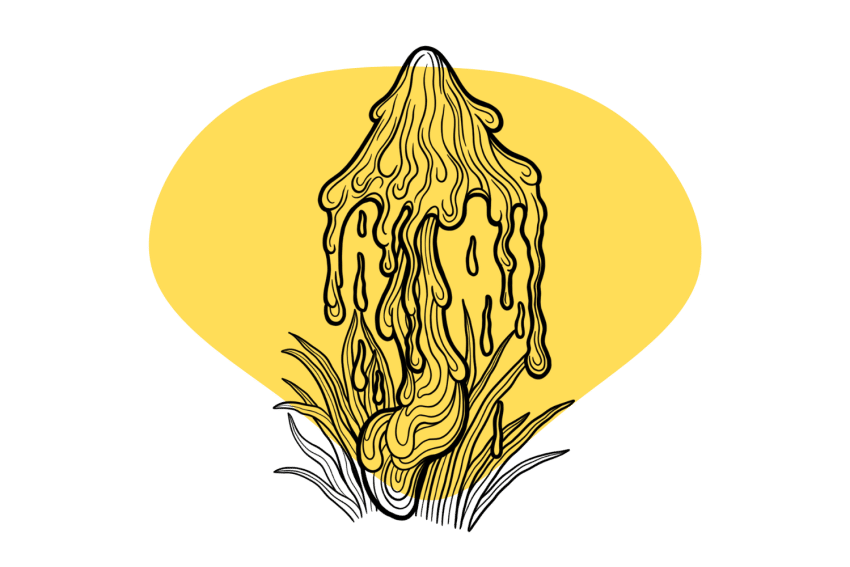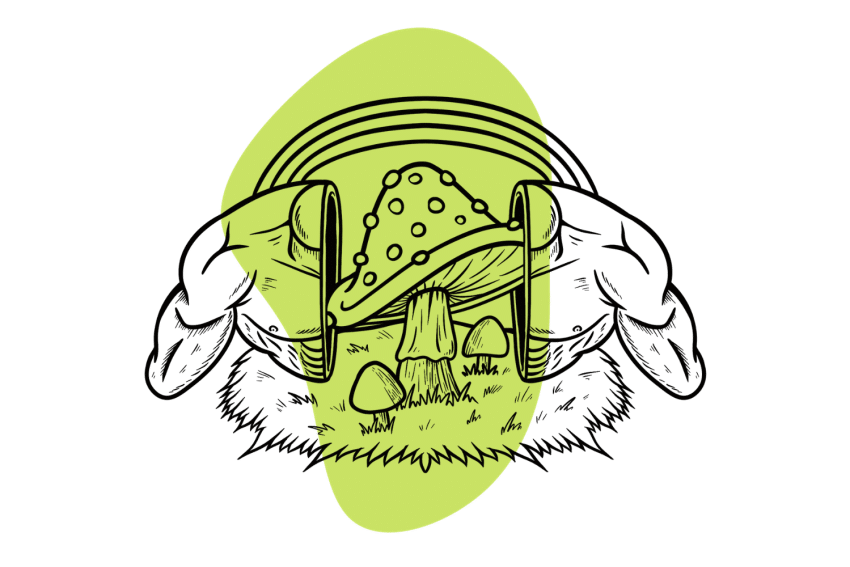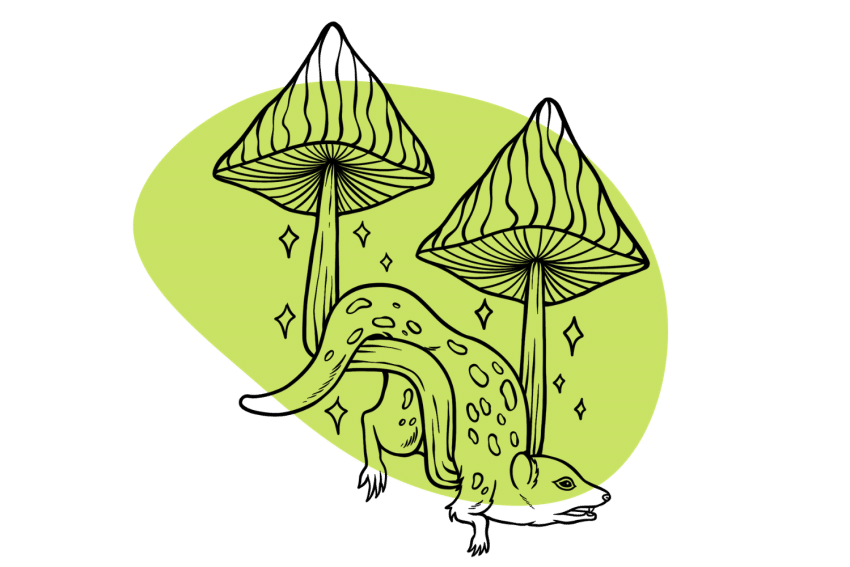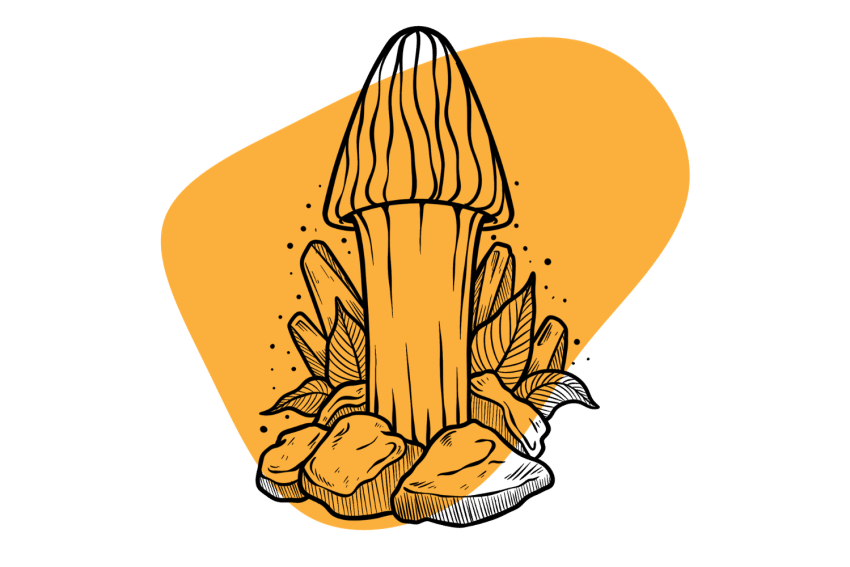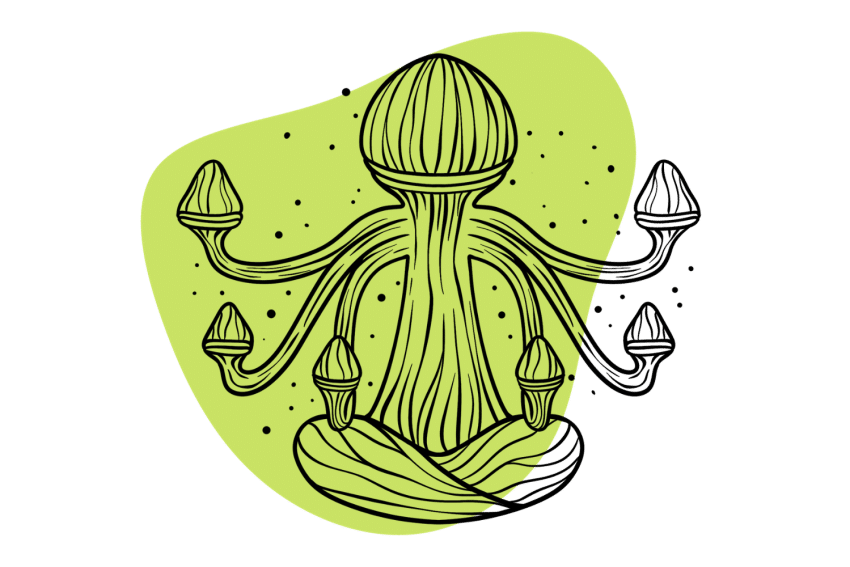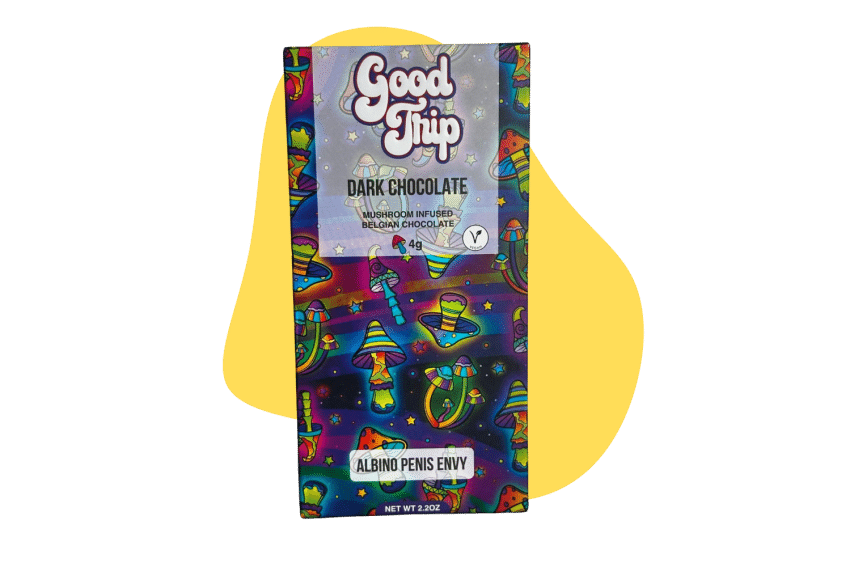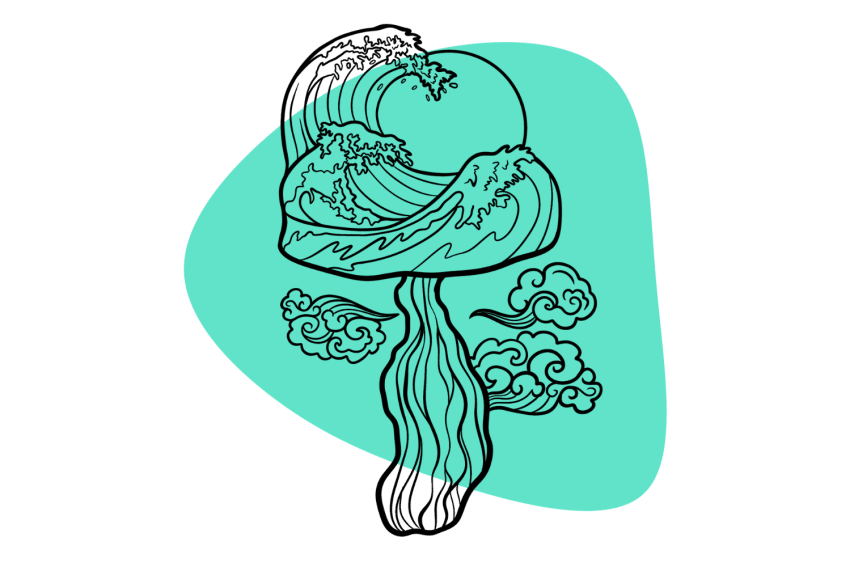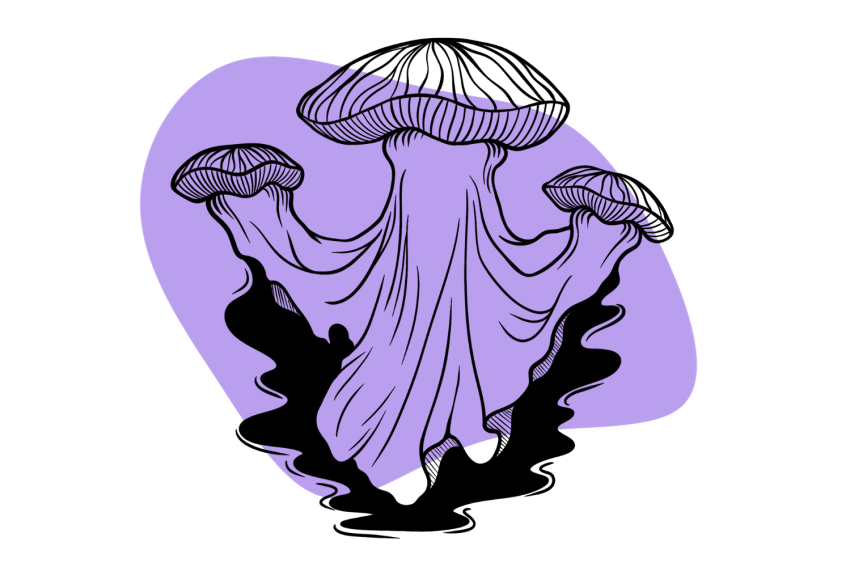Do Shrooms Show Up On a Drug Test?
Technically, yes — but it’s uncommon for companies to test for this substance.
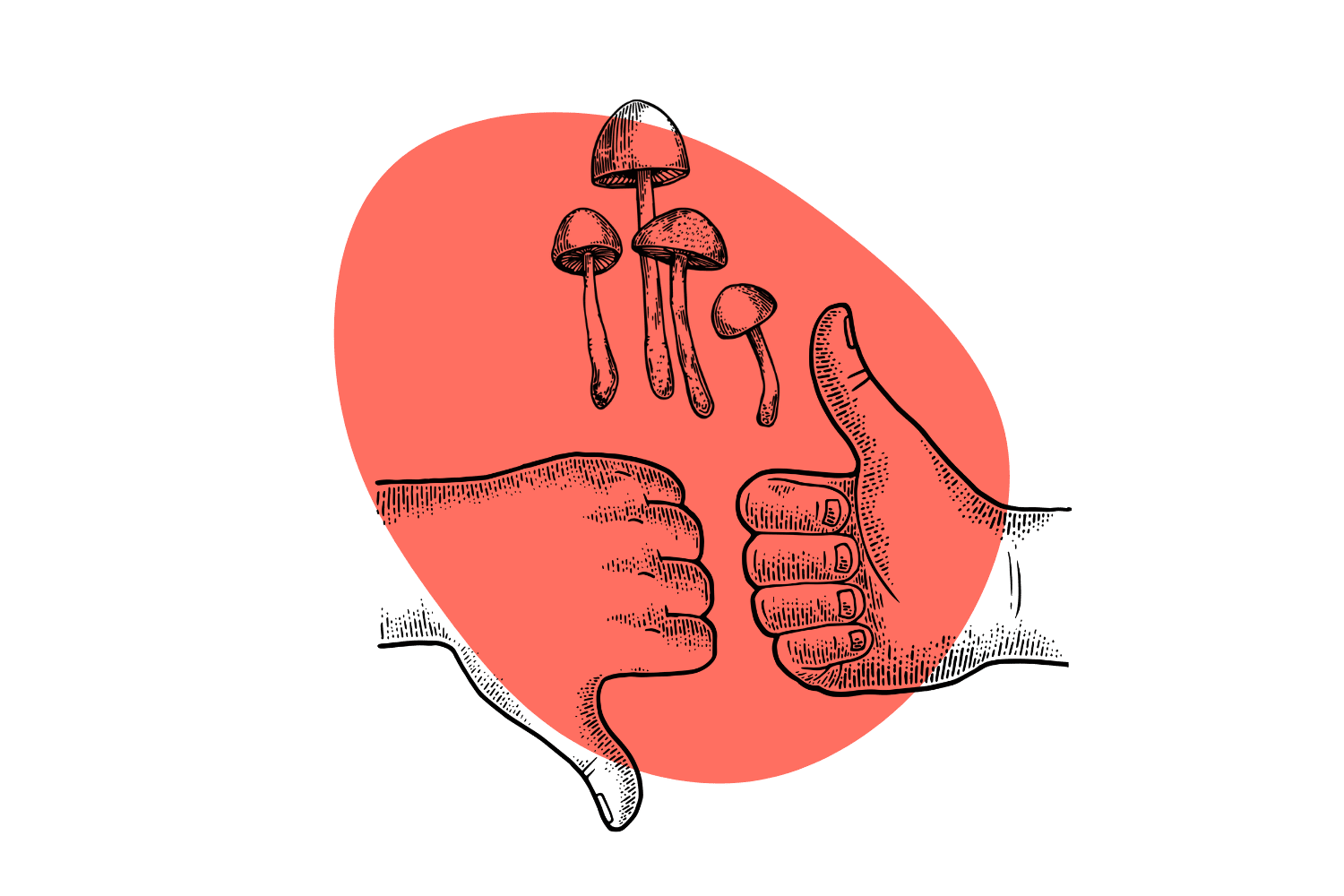
There’s a lot of confusion surrounding drug tests in general, but even more so when it comes to magic mushrooms.
The bottom line is that any substance can appear on a drug test, but most standard drug panels don’t look for psilocybin or psilocin (the active ingredients in magic mushrooms).
Even if they did, almost all traces of these compounds are eliminated from the body within about 24 hours — with one exception — your hair.
Let’s dive deeper into the potential for shrooms to cause you to fail your upcoming test. We’ll cover different kinds of testing,
Will Shrooms Appear On a Drug Test?
Theoretically, yes, any substance can be discovered on a drug test.
The caveat is that drug tests will only find the chemicals they’re specifically designed to test for. Magic mushrooms are rarely included on this list.
Assuming a test is looking for magic mushrooms, let’s explore the likelihood of these tests actually finding any traces of the active ingredients.
Will Shrooms Show Up On a Urine Drug Test?
Most likely, no.
Shroom-specific urinalysis is very rare and is typically only used if there is suspicion of recent psilocybin use.
Psilocybin is metabolized into psilocin before being excreted into the urine. This makes the urine the best place to test for this substance.
However, the body is extremely efficient at eliminating psilocybin. Virtually all traces of this compound is gone by the 24-hour mark.
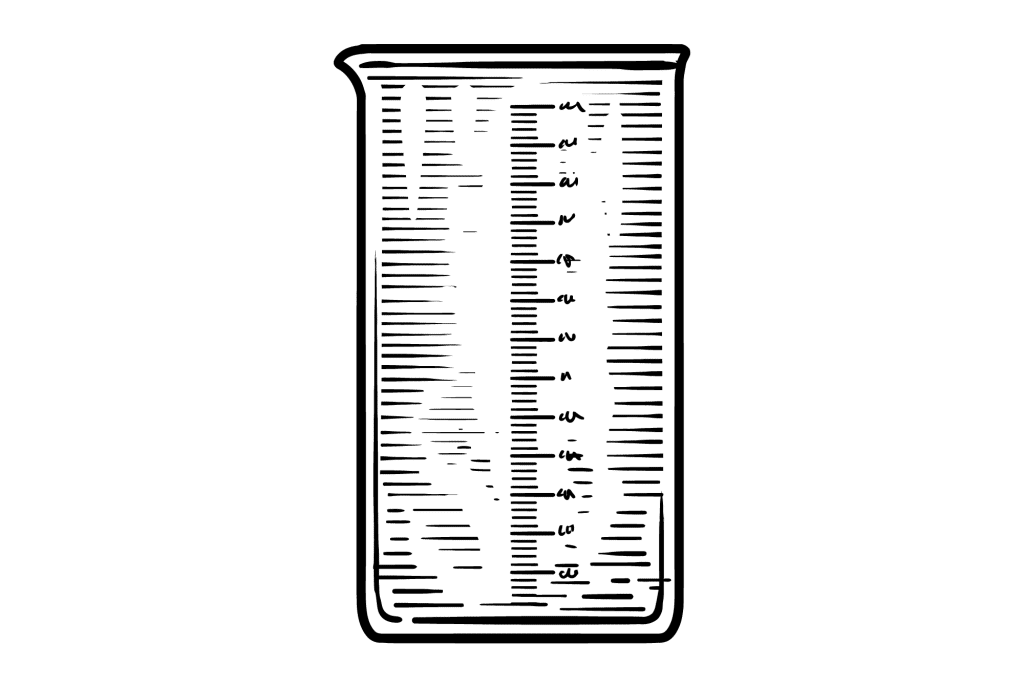
So as long as you’re not tripping while you take your test, it’s unlikely for it to detect any signs of magic mushroom use.
These tests are mainly used in hospitals in acute cases where psilocybin or other psychedelic use may be suspected.
Will Shrooms Show Up On a Blood or Saliva Drug Test?
No, shrooms are unlikely to register on a saliva or blood test unless the user took them within 24 hours prior.
Psilocybin is metabolized extremely rapidly in the body. It’s converted to psilocin and removed from the body within a few hours of taking it.
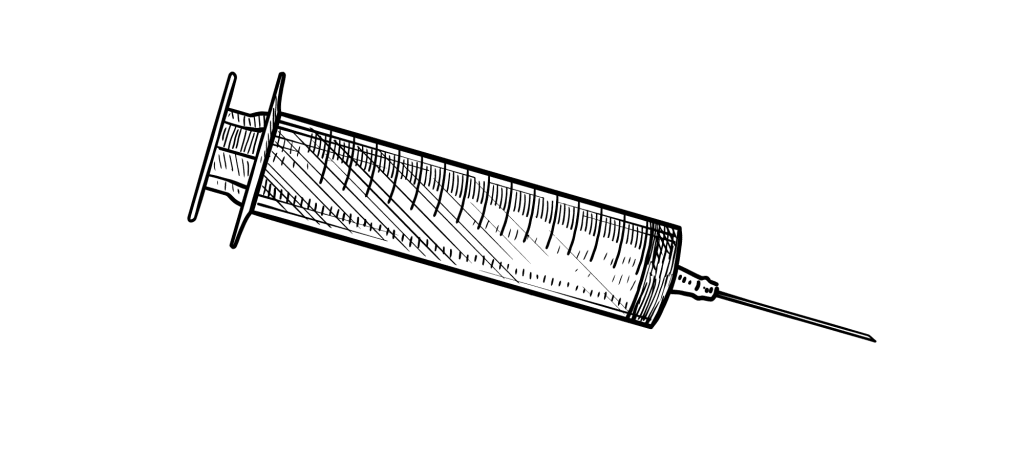
Tests on the saliva or blood are only useful for detecting magic mushrooms in people who are actively experiencing the effects of the substance. The effects wear off because the psilocin is removed from the body.
Will Shrooms Show Up On a Hair Drug Test?
Maybe, hair testing is the only way to detect magic mushroom use beyond 24 hours of taking them.
Hair follicle testing can detect psilocybin for up to around 90 days after you take shrooms, so it’s one of the most effective tests for detecting shroom use.
It is worth mentioning that urine, blood, and saliva tests are significantly more common than hair tests because of cost and reliability. Hair testing often produces false positives and is therefore too easy to dispute.
For example, The Substance Abuse and Mental Health Services Administration (SAMSHA) never use hair testing and instead only uses urine tests for federal drug testing purposes.
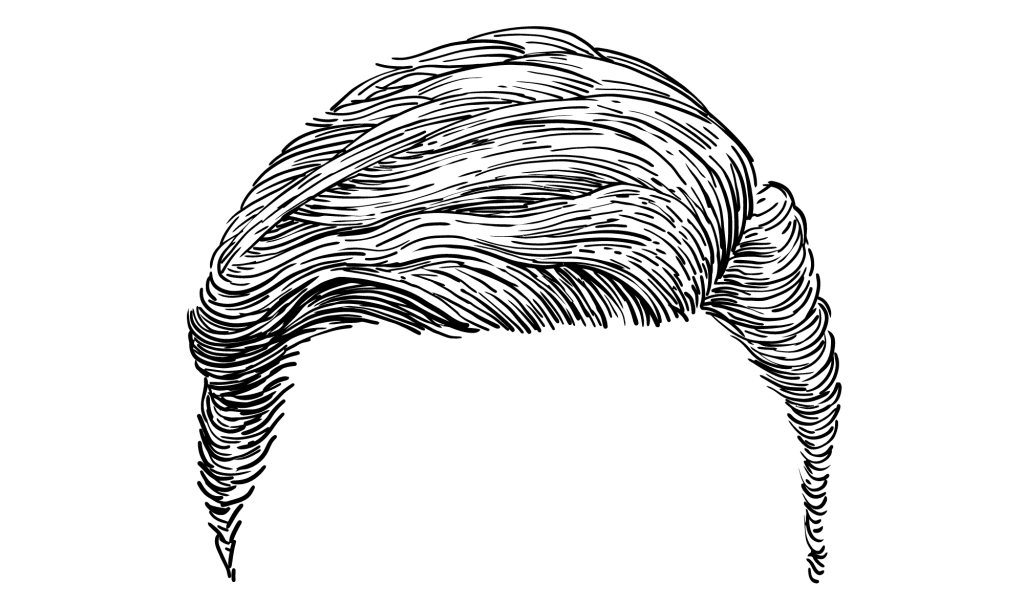
With that said, theoretically, hair analysis may detect past use of magic mushrooms up to 3-months prior.
How Long Do Shrooms Stay In Your System?
Psilocybin is metabolized very quickly, with virtually no traces of it left in your body 24 hours after ingestion [1].
Psilocybin is first converted to psilocin — which is the active metabolite responsible for the psychedelic effects.
Next, psilocin is eliminated through the urine and feces. Because of this, psilocin will remain detectable in the urine for a longer window of time than the blood.
Some psilocin is excreted through the hair follicles and may remain detectable for up to 90 days after consumption [2].
4-AcO-DMT (AKA synthetic shrooms) is a common prodrug for psilocin. This compound takes the longest to metabolize into psilocin. This compound may remain detectable in the urine for up to 36 hours after administration.
How To Clear Magic Mushrooms From The Body Faster
There’s no way to rapidly eliminate psilocin from the body — but there are some tricks that can help speed it up.
The main point of exit for this compound is the kidneys and urine [3], so the primary trick is to drink plenty of water.
A diuretic tea may help too. Diuretics refer to any substance or herb that stimulates urine production.
Common diuretic teas include:
- Dandelion tea
- Coffee
- Horsetail
- Green tea
- Parsely
The other bottleneck is the liver, where psilocybin is converted to psilocin. The best way to speed this process up is to take herbal bitters or eat bitter foods. The bitter flavor stimulates the action of the liver (slightly).
You can buy herbal bitters at just about any health food shop.
What Affects Psilocybin Metabolism?
Everyone metabolizes psilocybin differently. Age and gender both play key roles, but even two people of similar ages and the same gender may metabolize psilocybin at different rates.
There is no way to know how quickly you metabolize psilocybin without systematic testing, which is prohibitively expensive and unuseful for most people.
The good news is that there are a few factors you can control that affect how quickly you metabolize psilocybin. The dose size and delivery method both dramatically affect how quickly your body will metabolize the hallucinogen.
Smaller doses leave your system more quickly. Larger doses or more frequent use will take longer.
Key Takeaways: Will Shrooms Make Me Fail A Drug Test?
Shrooms most likely won’t show up on most urine, blood, or saliva drug tests. Most tests don’t look for psilocybin or psilocin, and even if they do, you’re only likely to fail if you’ve used magic mushrooms within about 24 hours of taking the test.
The most concerning type of test in regards to magic mushrooms (and many other substances) is hair analysis. Magic mushroom use may remain detectable in the hair up to 90-days after taking it.
With that said, hair analysis testing is not common. It’s expensive, unreliable, and easy to contest after the fact.
References
- Lowe, H., Toyang, N., Steele, B., Valentine, H., Grant, J., Ali, A., … & Gordon, L. (2021). The Therapeutic Potential of Psilocybin. Molecules, 26(10), 2948.
- Martin, R., Schürenkamp, J., Gasse, A., Pfeiffer, H., & Köhler, H. (2015). Analysis of psilocin, bufotenine and LSD in hair. Journal of analytical toxicology, 39(2), 126-129.
- Hasler, F., Bourquin, D., Brenneisen, R., & Vollenweider, F. X. (2002). Renal excretion profiles of psilocin following oral administration of psilocybin: a controlled study in man. Journal of pharmaceutical and biomedical analysis, 30(2), 331-339.

